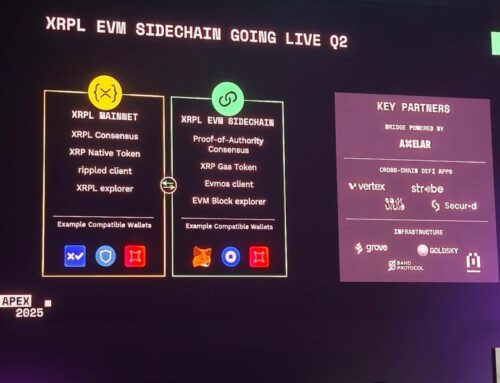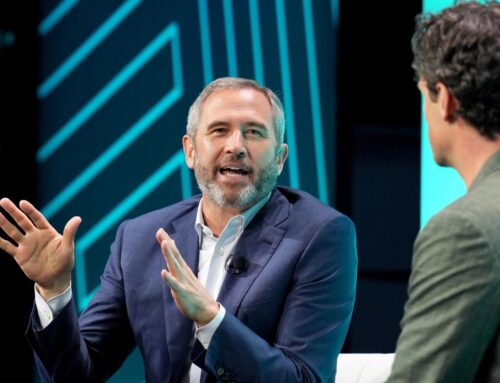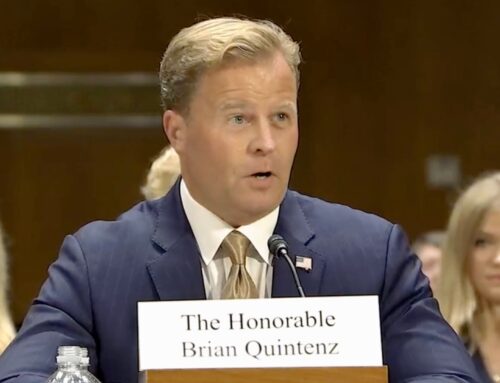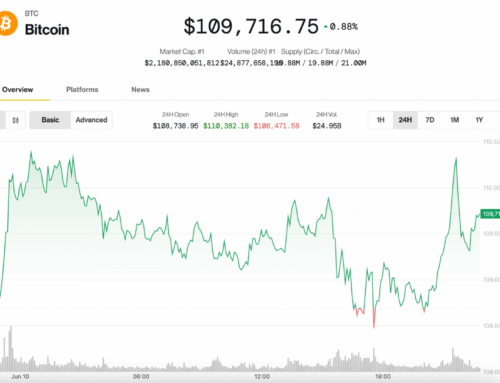Crypto miners are starting the new year by increasing their accumulation of bitcoin, according to on-chain analytics firm Glassnode’s data. Amid the recent sharp drop in bitcoin prices, however, some miners might be forced to monetize their mined bitcoins.
The “miner net position change,” which tracks the 30-day change in the net buying and selling activity in the miners’ addresses, has seen a large positive change since Jan. 6 and has been carried over well into the second week of January, while at the same time the bitcoin price tumbled to nearly $40,000.
After the large spike in supplies held in miners’ wallets, the balance held in miner wallets has increased by about 6,474 bitcoins to about 1.826 million, as of Tuesday, versus 1.82 million in Dec. 31, Glassnode’s data shows. Miners’ wallets may include other sources of bitcoin inflow, rather than just mined coins per day.
“We anticipate this trend of miners holding on to their bitcoin rewards is likely a result of them being prudent with their finances by holding their crypto until prices rise,” said Danni Zheng, investment director at BIT Mining. “We imagine other miners like us will wait to strategically sell our bitcoin holdings in order to lock in optimal returns.”
Furthermore, another metric that points to similar holding patterns by the miners has also reached an all-time high. The “miner unspent supply,” or the total number of coins that are rewarded to miners for solving a block but have never been moved on-chain, reached a record 1.779 million on Tuesday, according to Glassnode data.
“As the price of bitcoin falls further, the miner unspent supply is increasing and the miner net position change is becoming more positive,” said Marcus Sotiriou, an analyst at the U.K.-based digital asset broker GlobalBlock. This indicates that bitcoin as an asset is becoming more scarce as miners are choosing to hold onto their mined coins rather than sell them, Sotiriou added.
Proxy for bitcoin
In 2021, when bitcoin rallied to hit all-time highs and the total network hashrate was relatively low, holding onto the mined digital currency on their balance sheet paid off for miners. The heavy leverage to bitcoin helped the shares of the publicly traded miners to ride the upswing in bitcoin prices and provided access to the capital markets for miners big and small.
“The hodl strategy paid off in 2021 as miners were rewarded for a heavy allocation to bitcoin in their treasury management,” said Ethan Vera, chief operating officer of Seattle-based mining company Luxor. And the trend is continuing this year as many miners are still being seen as a proxy for bitcoin in public markets, given there is a delay in a spot bitcoin exchange-traded fund getting regulatory approval in the U.S., he added.
With ample access to funding and investors pouring in money, miners didn’t have to sell their bitcoin to fund operational costs, said Compass Mining’s CEO Whit Gibbs. “And since miners are incredibly bullish on bitcoin, this allows them to do what they want to do naturally, which is to speculate on bitcoin’s positive price appreciation,” he added.
Bitcoin spending
To be sure, not all miners have similar strategies, and while some held onto all or most of their mined bitcoins last year, others were using some of theirs to reinvest in their businesses. In fact, bitcoin miner CleanSpark said on Jan. 6 that the company sold 414 bitcoins in December at an average price of $49,791 to support the company’s growth and operations.
However, holding onto the mined bitcoin may not work for some miners anymore, as bitcoin price has fallen more than 30% since reaching its all-time high in November, and competition is expected to rise as the network’s hashrate picks up this year.
“Many miners are holding onto mined BTC with the expectation that the price will recover,” said Juri Bulovic, head of mining at Foundry. However, “given the recent dip in price and sluggish start to 2022, some will now have to sell more mined BTC than previously to cover their monthly costs,” he added.
Avoid dilution
However, using some of the mined crypto currency to reinvest in the company’s business could ultimately end up helping the miners as it might enable them to fund their growth without offering more shares or increasing debt load. “The downside of 100% hodling is that operating expenses must then be financed through debt or dilution,” said Matthew Schultz, executive chairman of CleanSpark.
“We continue to see the value in using BTC to support operating expenses and growth, as well as a preferred store of value compared to USD,” he added.





Leave A Comment